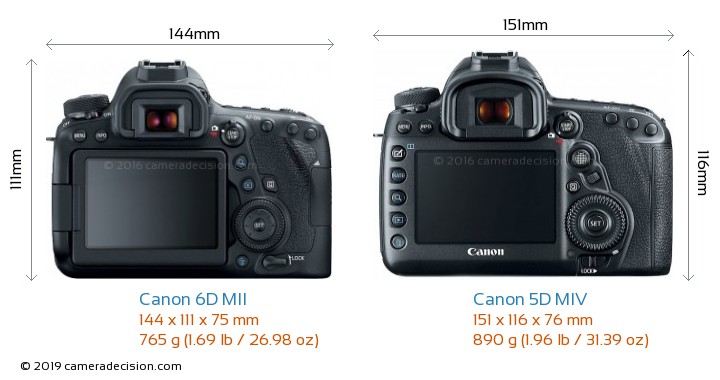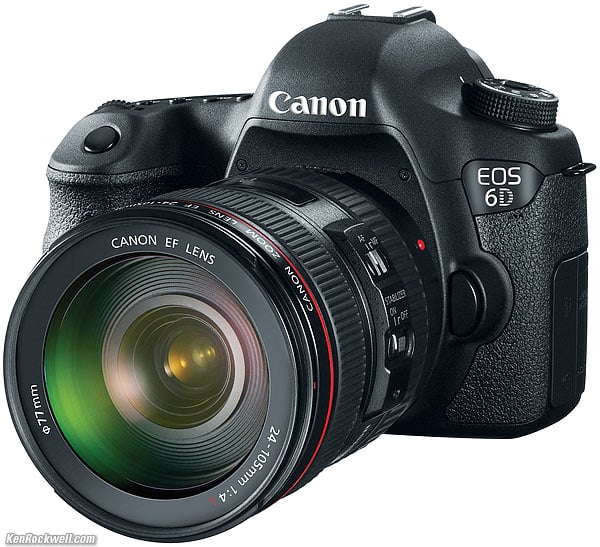
I imagine wedding photographers will greatly appreciate this feature. Bear in mind it will slow the camera down as it takes longer to write a file to two cards, but it may give you peace of mind on important shoots. You can set the EOS 5D Mark III to save photos to both the CF card and SD card slots at the same time, giving you a back-up in case one fails. CF cards are faster, which helps give higher burst speeds and assists with recording movies.Īnother is security. One takes CF cards, and the other SD (plus SDHC/SDXC cards)

The EOS 5D Mark III has two card slots.The EOS 6D has a single card slot for an SD type memory card (it also accepts SDHC and SDXC cards).Again, you have to buy a separate wireless unit, which comes built-in to a portrait grip, to do the same with an EOS 5D Mark III.īottom line: If you need GPS or Wi-fi, then buying the EOS 6D will save you a lot of money.ĮOS 5D Mark III with EF 24-70mm f4 lens Dual card slots The EOS 6D’s built-in wireless lets you upload your photos via a local wi-fi connection to a computer as you take them (useful in a studio or even on location if you have a laptop with you), upload photos to Facebook, or remotely control your camera using a Smartphone app.If you want to do the same with an EOS 5D Mark III, you have to buy a GPS unit separately. You can then use that to see where they were taken on a map, help organize or search your images in Lightroom, or as extra information if you sell your photos to a stock library. The EOS 6D’s built-in GPS lets you geotag your photos with the camera’s location as you take them.However this time, and somewhat counter-intuitively, it is the EOS 6D that has the features and the 5D Mark III that does not. This is another major difference between the two cameras. You can learn more about the autofocus of the EOS 5D Mark III in my article Understanding EOS Autofocus: The EOS 5D Mark III and EOS 1D-Xīottom line: If autofocus performance is critical, then (budget allowing) go for the EOS 5D Mark III. The end result is that you will get more in-focus photos. With up 41 cross-type AF points available (shown in red), it is far more likely you will find one to cover the model’s eye.

With the EOS 5D Mark III the story changes. You have to use one of the less sensitive, and therefore less accurate, AF points at the edge of the array. As the only cross-type AF point is in the centre, you can’t use it to focus unless the model’s eye is also in the centre of the frame. The single cross-type AF point in the centre is shown in green, and the AF point the photographer would have to use is in red: The photo below shows how this works by overlaying a diagram of the EOS 6D’s AF array over a portrait.

The normal way to focus in this situation is to use the AF point closest to the model’s eye. Accurate focus is critical as depth-of-field is very narrow at this setting – you may have less than an inch of sharpness to play with. Imagine that you’re taking a portrait of someone with an 85mm lens set to f1.8. between f1.0 and f2.8) as depth-of-field is so narrow at these settings.Īs an example, let’s look at how it works with portrait photography. This is especially important if you work at wide apertures (i.e.


 0 kommentar(er)
0 kommentar(er)
